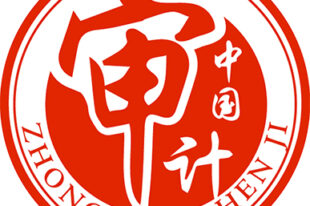Brokerage to Strengthen the INTOSAI Community: An Interview with Marcela Hommefoss
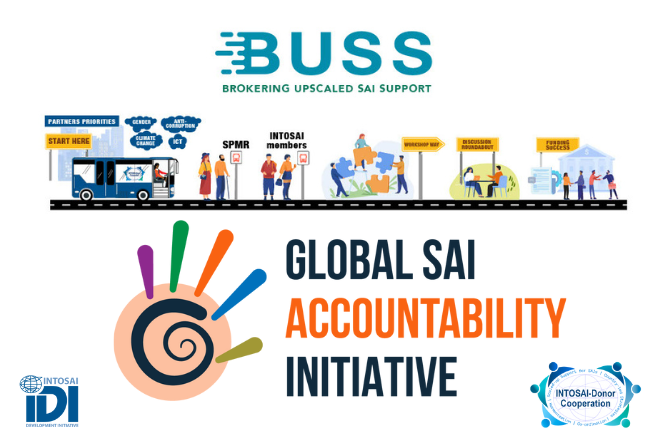
Amongst the many things the INTOSAI Donor Cooperation (IDC) does to strengthen support to the SAI community, the IDC’s brokerage activities have helped connect SAIs with resources, guidance, and partnerships from donors, peer partners, and other organizations. The INTOSAI Development Initiative’s (IDI) Global Foundations Unit leads this work with the goal of enhancing the capacity of SAIs to lead their own development initiatives.
We’ve spoken to Marcela Hommefoss, Global Foundations Unit manager, to learn more about IDC’s brokerage initiatives, and their latest developments to foster good governance and accountability.
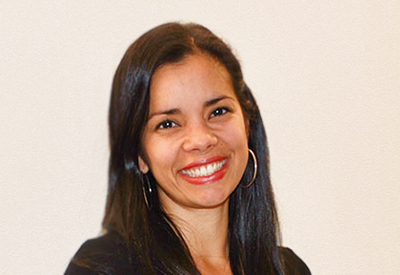
INTOSAI Journal (IJ): Hi Marcela! Thanks for speaking to the Journal about the IDC’s brokerage work. Can you tell us about the IDC’s development of the brokerage initiatives? What are the current brokerage initiatives?
Marcela Hommefoss (MH): Hi, INTOSAI Journal, and thanks for the opportunity to share more about these exciting and important developments!
Of course, engagement and collaboration between SAIs, donors and other partner organizations have always been very active at the global level through the IDC meetings and forums. Nevertheless, this has not been the same at the regional and country level. During recent years the IDC members have seen the need to align global, regional and country level efforts to increase impact and explore innovative alternatives of support for SAIs. These entail enabling relationships with their stakeholders within the accountability ecosystem. The main purpose is to build strong networks and platforms for collaboration used to map their needs and unlock potential synergies for future plans.
Currently we have the BUSS initiative. BUSS stands for “Brokering Upscaled SAI Support” at the regional level. The objective is firstly to identify available sources of funding and support to SAIs. This means checking in with donors and partners on their priorities and matching areas of support. Then we help SAIs to articulate their needs for this support, while organising ways for SAIs and partners to meet and discuss these mutual touch-points. Over a four to six month regional roll-out, we have pre-work meetings and initial analysis of needs, an onsite workshop bringing all partners together, and post-workshop online coordination meetings as well as bilateral support and ad hoc assistance.
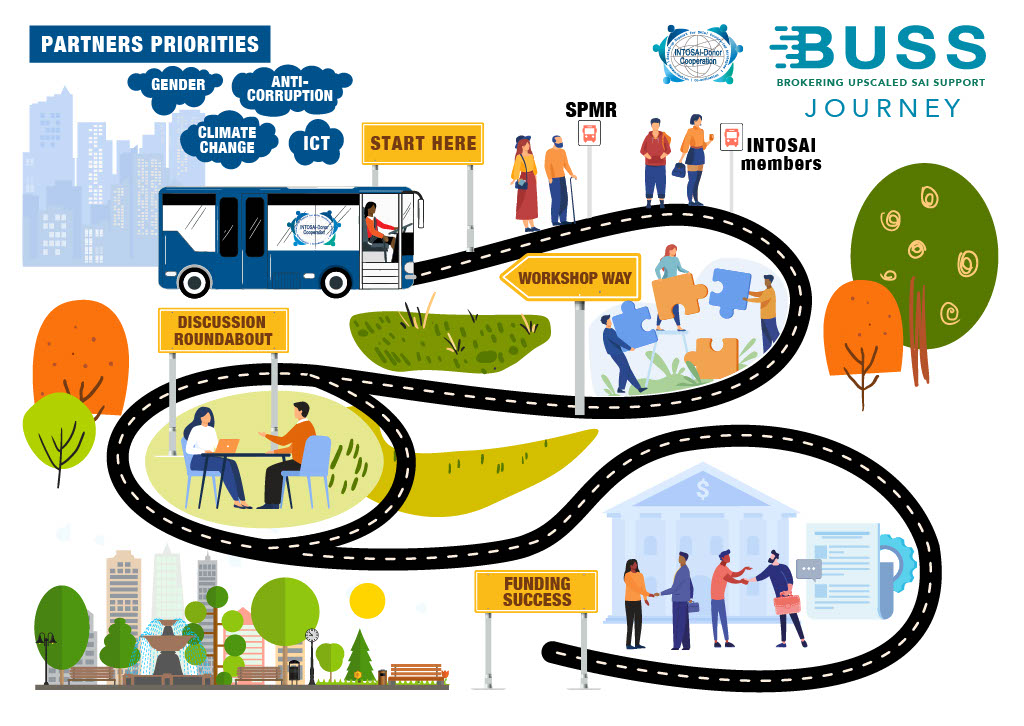
On the other hand, we have the GSAI initiative, or Global SAI Accountability Initiative, targeting a small group of SAIs from all INTOSAI regions working under challenging context, to provide sustainable and holistic country level support, with a medium-term perspective. The IDI was asked to lead the planning and first phase of implementation as well as to facilitate country setups. We support the SAIs to lead their own development plans, seek funding and coordinate their external support provided by donors and other partners, all aligned to their Strategic Plan. We are now in the second round, of this type of targeted peer-to-peer approach, which includes a total of eight SAIs: SAI Benin, Belize, Dominica, Haiti, Honduras, Lebanon, Kyrgyzstan and Tajikistan. The first peer-to-peer approach, called the PAP-APP, has been successfully ongoing since 2018. It includes nine SAIs from Africa and it has been developed under a cooperation agreement between CREFIAF, AFROSAI-E and IDI.
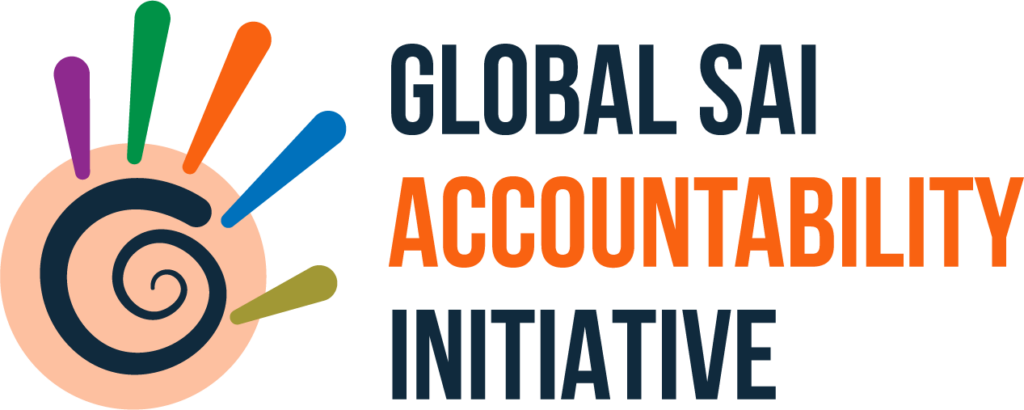
IJ: What are the benefits of structuring capacity building through brokerage?
MH: The benefits that we try to bring with our brokerage model, as we see it, is that we have access and collaboration from all of these three spheres, which we bring together to increase, improve and coordinate their support, to match their priorities and work towards synergies and aligned objectives. We avoid duplication and unsustainable donor-driven initiatives, and we harmonize external support under the SAI strategic development process.
IJ: What bodies participate in these brokerage initiatives? What do they each contribute?
MH: Every organization within the INTOSAI world and donor community are welcome to participate and benefit from the BUSS initiative while we roll it out in their regions. Even those partners who are not members of the IDC. They all can contribute by sharing their priorities, how they can partner up with SAIs and other donors to strengthen public transparency and accountability and planning future joint initiatives that enhance the development of the SAIs.
In regards to GSAI, beneficiary SAIs are selected by the Steering Committee of the IDC. Nevertheless, donors and other partners working in these countries are welcome in the SAI Support groups if they see potential in building fruitful strategic partnerships.
IJ: We’d love to hear about the ongoing work for the brokerage portfolio. How are these initiatives going so far?
MH: Both BUSS and GSAI were launched in August 2022. The BUSS was piloted with the French speaking African SAIs at end of October 2022, and we are now on ongoing implementation in Latin and Central America region. Donors as well as SAIs from both regions have expressed appreciation for this type of initiative which is quite a unique opportunity to meet each other and engage directly. The experience in CREFIAF was really useful to further develop the design and structure of the BUSS workshop and subsequent follow up activities. The BUSS is a flexible mechanism of support and as such is in constant improvement and adaptation for the benefit of the targeted INTOSAI regions .
At the same time, through the BUSS we have been disseminating and providing support to SAIs to apply to the FISP mechanism funded by SAI Saudi Arabia. In their role of INTOSAI Chair within the IDC, SAI Saudi Arabia has been funding ICT initiatives to SAIs from all INTOSAI regions since 2021.
Meanwhile, GSAI has geared up to a great start. We have seen incredible commitment and solidarity from the peer SAIs that have taken the challenge of providing support to the beneficiary group. Almost all selected countries have already concluded their planning phase and now they are starting to implement their support, together with their peers. Our main role has been to facilitate processes, coordination and communication while the SAIs are leading the way!
IJ: What outcomes have SAIs experienced from participating in brokerage initiatives?
MH: As mentioned before, through the BUSS we have disseminated the FISP in all INTOSAI languages and supported SAIs in their applications. More than 50 SAIs have received support.
From the roll out in CREFIAF, the African Development Bank and World Bank have agreed to support SAI Burkina Faso in their development needs while the SAI audits their donor funded projects in the country. Currently in OLACEFS, we are facilitating a regional ICT initiative that is having strong traction with two big donor players in the region. There is also a possible subregional development support plan in Central America, and a few other country-level initial explorations that we will be following and supporting so that our main objective of scaling up and improving support to SAIs is achieved.
Regarding GSAI, we are still in the early phase of implementation, but for us it is clear that having peer SAIs already committed to support the eight SAIs selected, SAI support groups formed by donors and implementing partners in each of the cases, and beneficiary SAI leaderships fully committed in this big project is already a success!
IJ: SAIs receive a great deal of support through these brokerage initiatives. On the other side, can you speak a bit about how brokerage partners, including donors, civil society organizations, peer partners, and other stakeholders benefit from engaging with a brokerage initiative?
MH: The BUSS workshop helps these partners firstly to understand how SAIs work and their role within PFM system; second, to find synergies, network and ways of collaboration with other partners, within the region to allow achievement of common goals and maximize SAI support; and third, to understand how to advocate for SAI Independence and the power of institutional coordination. Basically, any stakeholder within the accountability system can benefit from strong collaboration if you think about the policy coherence and systems thinking approach that UN promotes for the achievement of the Sustainable Development Goals. The BUSS has this systems-thinking approach embedded in its model and our interactions go around it.
IJ: How can SAIs, partners, and the broader public sector auditing community get involved in the IDC’s brokerage initiatives?
MH: SAIs, donors and other partners can participate in our regional BUSS roll outs. They can also keep an eye on upcoming events as well as to make contact with us if they want to be included in GSAI discussions related to any of the target countries. If there are other opportunities to broker funding to support SAIs, potential donors and partners can reach out to the IDC and to IDI at any time!
IJ: Where can people learn more about the INTOSAI Donor Cooperation and brokerage?
MH: You can follow our work from our website https://intosaidonor.org/ and social media channels, on Facebook and LinkedIn.
IJ: Thank you for taking the time to speak with us, Marcela! We’ve learned a lot about brokerage, and hope that the programs continue to be successful in enhancing SAIs’ capacities and performances.


